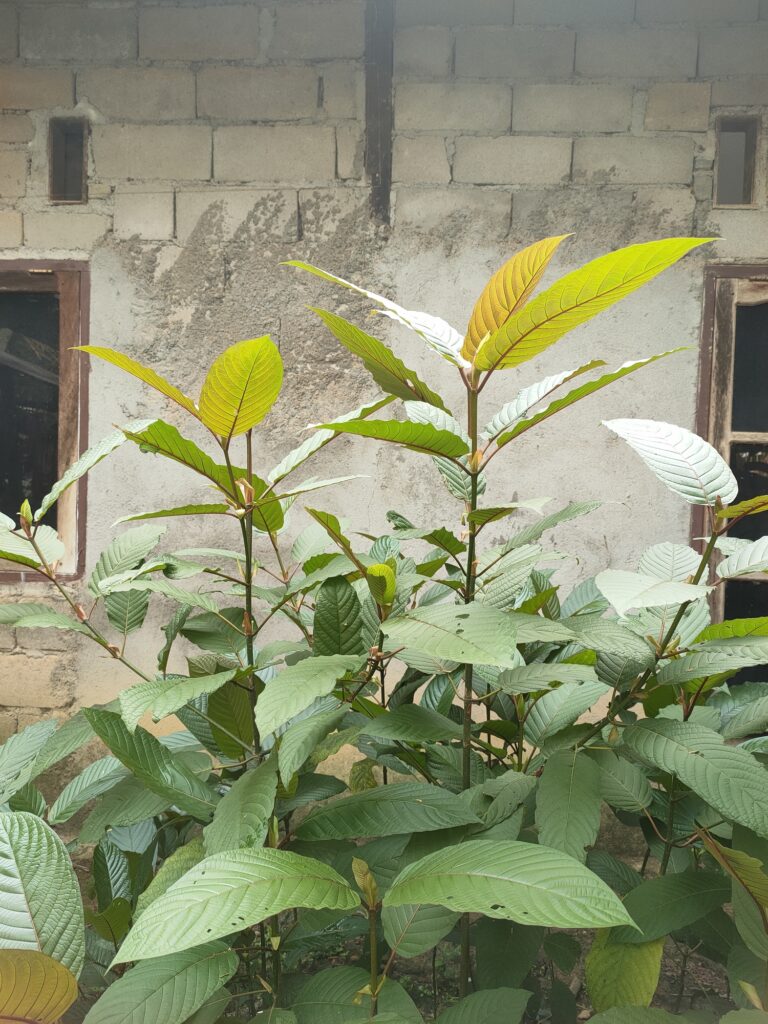Summary: Copaiba essential oil, derived from the resin of Copaifera trees native to South America, is increasingly valued for its potential to support pain relief, reduce inflammation, and promote relaxation. Its therapeutic properties are largely attributed to its high content of beta-caryophyllene, a compound with cannabinoid-like activity that interacts with the body’s endocannabinoid system. While traditional use of copaiba oil has focused on topical application and inhalation, modern research is beginning to validate its potential for everyday wellness, particularly when combined with evidence-based approaches. Medical imaging techniques such as magnetic resonance imaging (MRI) and ultrasound are also being used in studies to observe inflammation reduction and musculoskeletal recovery, adding scientific credibility to its benefits. This article explores ways to use copaiba essential oil for relief and relaxation, with guidance on safe usage, dosage, and emerging clinical evidence.
Copaiba Essential Oil for Pain and Inflammation Relief
One of the most compelling reasons people turn to copaiba essential oil is its reported ability to ease pain and reduce inflammation. Its primary active compound, beta-caryophyllene, binds selectively to CB2 receptors in the body’s endocannabinoid system. Unlike THC-containing cannabis products, copaiba oil does not produce psychoactive effects, making it a safe and legal option for most users.
From a medical research perspective, inflammation can be assessed objectively using imaging methods such as MRI with contrast, which highlights inflamed tissue through increased vascular permeability. Studies investigating natural anti-inflammatory agents have started incorporating these imaging techniques to quantify the extent of tissue swelling before and after intervention. For example, in cases of joint pain or muscle strain, ultrasound imaging can be used to measure the thickness and vascularity of affected tissues, allowing for more reliable documentation of copaiba’s potential effects.
Using Copaiba Essential Oil for Stress Reduction and Relaxation
Inhalation of copaiba essential oil is one of the most effective ways to harness its calming effects. The warm, woody aroma is known to have grounding properties, making it popular in aromatherapy for stress reduction and emotional balance.
Research suggests that inhaling certain essential oils can influence activity in the limbic system, the part of the brain associated with emotion and memory. While this is not typically visualised through medical imaging in casual use, functional MRI (fMRI) studies have been employed in academic settings to observe brain activation patterns when individuals are exposed to specific scents. These studies provide intriguing evidence that aromatic compounds can have measurable effects on neural activity, potentially explaining why copaiba oil is associated with feelings of relaxation.
Combining Copaiba Essential Oil with Massage Therapy
Massage therapy is a proven method for reducing muscular tension, improving circulation, and supporting recovery after physical exertion. Incorporating copaiba essential oil into massage oils or lotions may enhance these effects through both topical absorption and aromatherapeutic inhalation.
The potential benefits of such combinations could, in theory, be evaluated using medical imaging modalities. For example, ultrasound elastography can measure changes in muscle stiffness before and after massage sessions, while thermography can visualise changes in skin temperature associated with improved circulation. Though clinical trials in this area remain limited, these techniques could help substantiate anecdotal claims about the oil’s effectiveness.
Copaiba Essential Oil in Skincare and Wound Healing
Copaiba oil has traditionally been used for minor skin irritations, redness, and blemishes. Its natural anti-inflammatory and antimicrobial properties make it a useful addition to skincare formulations, particularly for individuals with sensitive or reactive skin.
In dermatology research, non-invasive imaging techniques like high-frequency ultrasound and optical coherence tomography (OCT) are used to visualise skin structure and monitor healing progression. This is especially relevant when studying how topical treatments influence skin hydration, elasticity, and repair processes. Although consumer use of these imaging methods is rare, the inclusion of such techniques in clinical trials of copaiba oil could help provide more robust evidence for its cosmetic and therapeutic claims.
Supporting Respiratory Comfort with Copaiba Essential Oil
While not as strongly associated with respiratory support as eucalyptus or peppermint, copaiba essential oil can still be useful for easing mild respiratory discomfort. Its calming scent may help open airways and promote deeper breathing, particularly when used in a steam inhalation.
From a clinical research standpoint, lung imaging methods such as chest X-ray, CT scans, and advanced MRI techniques can be used to visualise airway inflammation and mucus accumulation. While these are not applicable for casual home users, they could be relevant in research settings exploring the role of natural products like copaiba in respiratory health.
Safe Usage, Dosage, and Quality Considerations
The safe use of copaiba essential oil is essential to avoid adverse reactions. While generally considered safe when diluted appropriately, undiluted topical application may cause irritation in sensitive individuals. Oral consumption is a more complex matter—although copaiba oil has a history of internal use in South America, any such approach should only be undertaken under the guidance of a qualified health professional.
Quality assurance is also crucial. Look for oils that are labelled as 100% pure, have been tested by gas chromatography–mass spectrometry (GC-MS) for composition, and are sourced from reputable suppliers. In research environments, quality control is often verified using advanced analytical techniques, sometimes in conjunction with imaging of plant material to confirm species identity and purity.
It’s also worth noting that some clinical studies examining anti-inflammatory agents use medical imaging as part of their methodology to objectively confirm physiological effects. For example, MRI scans may be used to assess the reduction of joint inflammation after several weeks of treatment, providing measurable data to support subjective reports of symptom improvement.
Conclusion
Copaiba essential oil offers an intriguing combination of traditional herbal use and modern scientific interest. While its pain-relieving, anti-inflammatory, and relaxing effects have been known in South America for centuries, advances in medical imaging are allowing researchers to examine its impact in new and objective ways. Whether applied topically for muscle aches, inhaled for stress relief, or blended into skincare routines, copaiba oil has a range of potential everyday applications.
However, as with any natural remedy, it should be used thoughtfully, with an awareness of safe dilution practices and product quality. Those with chronic or severe health conditions should consult healthcare professionals before incorporating copaiba oil into their daily routine.
As research continues—and particularly as medical imaging sheds light on its physiological effects—copaiba essential oil may become an even more respected tool in the quest for natural relief and relaxation.
Disclaimer
The information provided in this article is intended for general educational purposes only and does not constitute medical advice, diagnosis, or treatment. Copaiba essential oil and other natural remedies discussed herein are not intended to prevent, treat, cure, or mitigate any disease. While references are made to research methods, including medical imaging techniques, such descriptions are for illustrative purposes and do not imply proven efficacy or endorsement by the medical community.
Always consult a qualified healthcare professional before using copaiba essential oil or any essential oil, especially if you are pregnant, breastfeeding, have a medical condition, or are taking prescription medication. Do not ingest essential oils unless specifically advised and supervised by a suitably qualified healthcare provider. Topical application should be performed only with proper dilution, and a patch test is recommended to check for sensitivity.
The author and publisher make no representations or warranties about the accuracy, applicability, or completeness of the information presented. Any reliance you place on such information is strictly at your own risk. The use of essential oils should not replace medical treatment or professional health advice. Neither Open Medscience nor its contributors accept any liability for any loss, injury, or damage incurred as a result of the use or misuse of copaiba essential oil or any other information contained in this publication.
You are here: home » diagnostic medical imaging blog »



